Incarceration, interrogation and power: Joanna Piotrowska and Formafantasma’s ‘Sub Rosa’
Now on view at Arch Athens, a collaborative project by photographer Joanna Piotrowska and design duo Formafantasma sees ethereal photography transformed into provocative objects inspired by interrogation-room architecture
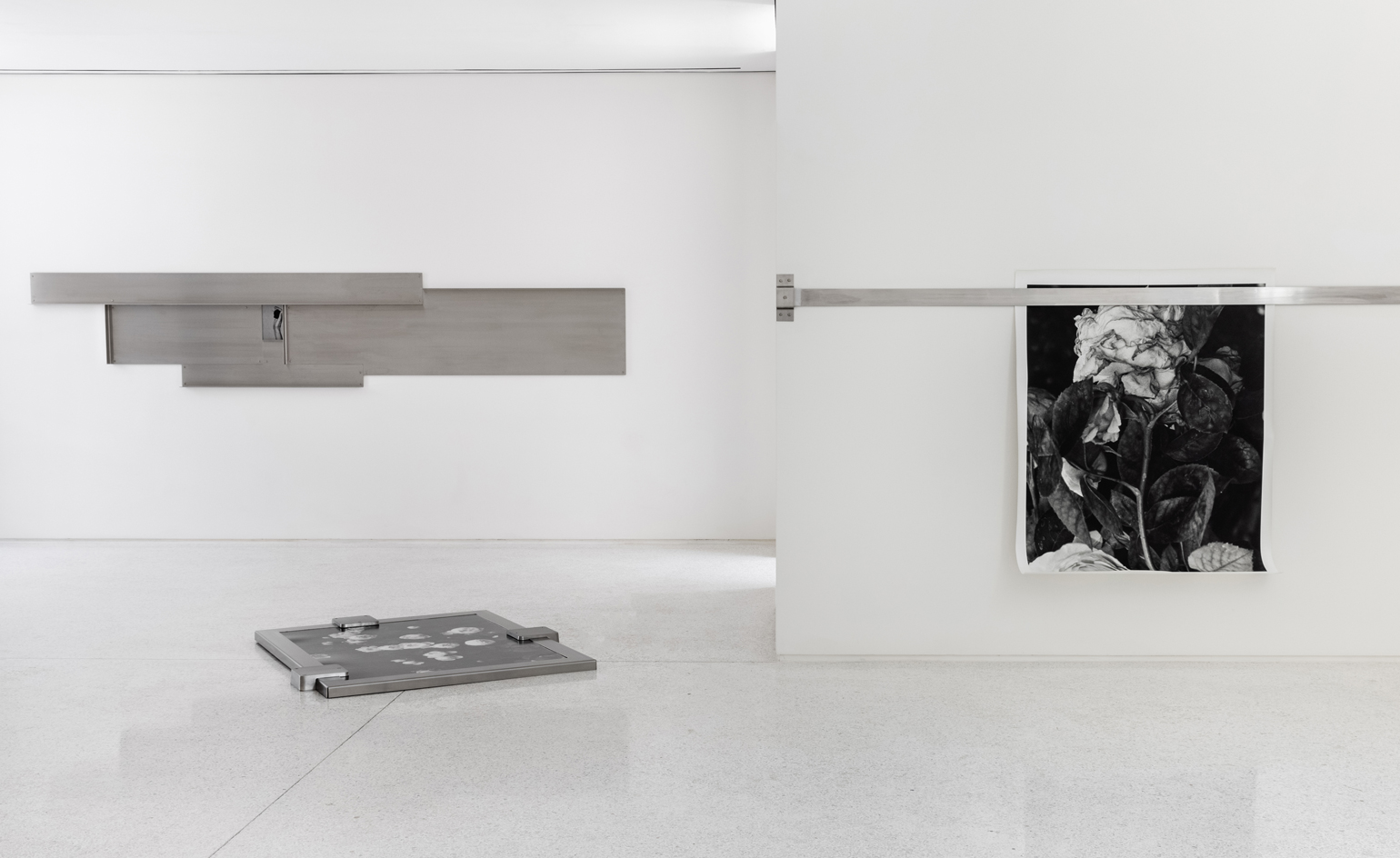
The story of ‘Sub Rosa’ began in 2015, when Polish photographer Joanna Piotrowska travelled to Nagorno-Karabakh, a disputed territory between Armenia and Azerbaijan. As she described:
‘After a few days of exploring and photographing I made my way to Agdam and later Stepanakert, where I was accused of spying and subjected to interrogations by local military police. After the interrogations, I was released and told I should continue taking photographs. Disturbed by the experiences of interrogations and knowing my every move was followed, I decided to censor myself and focus my attention on what, it seemed to me, was the only safe subject in a place of military conflict '
the omnipresent roses
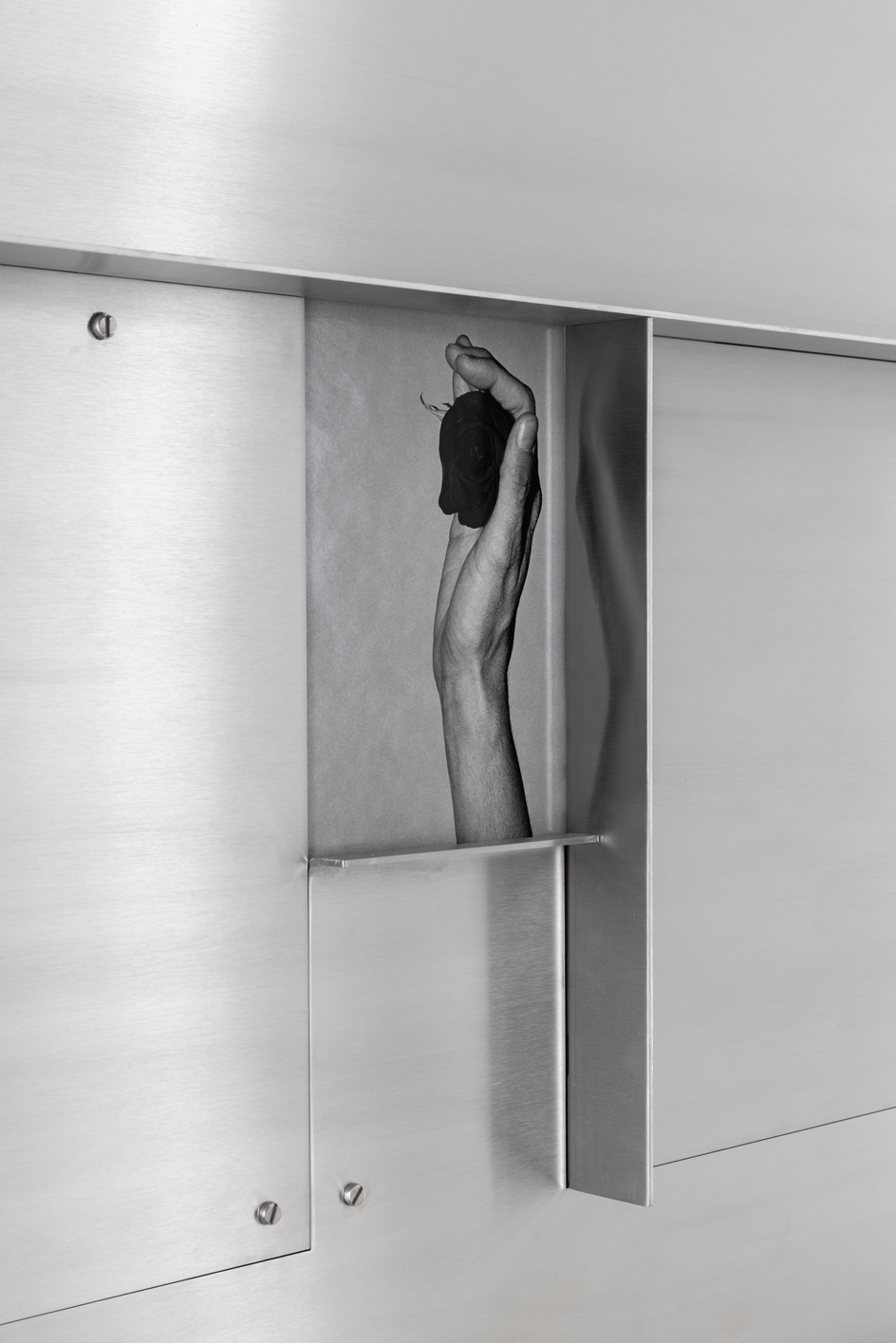
Despite Piotrowska’s traumatic experience in Stepanakert, she continually returned to roses as a subject in her work, and by April 2020, had amassed hundreds of photographs taken in a variety of locations. Eager to bring this body of work to life, she invited the Italian design duo Formafantasma to collaborate on translating her complex experience into objects that explore power dynamics, fragility and violence. The result was ‘Sub Rosa’ (meaning something that operates in secret), which is on view at Arch Athens until 22 December 2022.
The starting point for the collaborative project was the interrogation room; its ambiguous, characterless, oppressive qualities. ‘My memory of the interrogation room in Nagorno-Karabakh contained an interesting dichotomy – it was a space both unfamiliar and ordinary,’ says Piotrowska.
‘A turning point was when we looked into how interrogation rooms are designed,’ explain Andrea Trimarchi and Simone Farresin of Formafantasma, who undertook rigorous research on incarceration architecture, investigating and recontextualising the materials commonly used in these settings, notably stainless steel, used as ‘anti-frame’ framing devices for Piotrowska’s comparatively delicate silver gelatine paper prints.
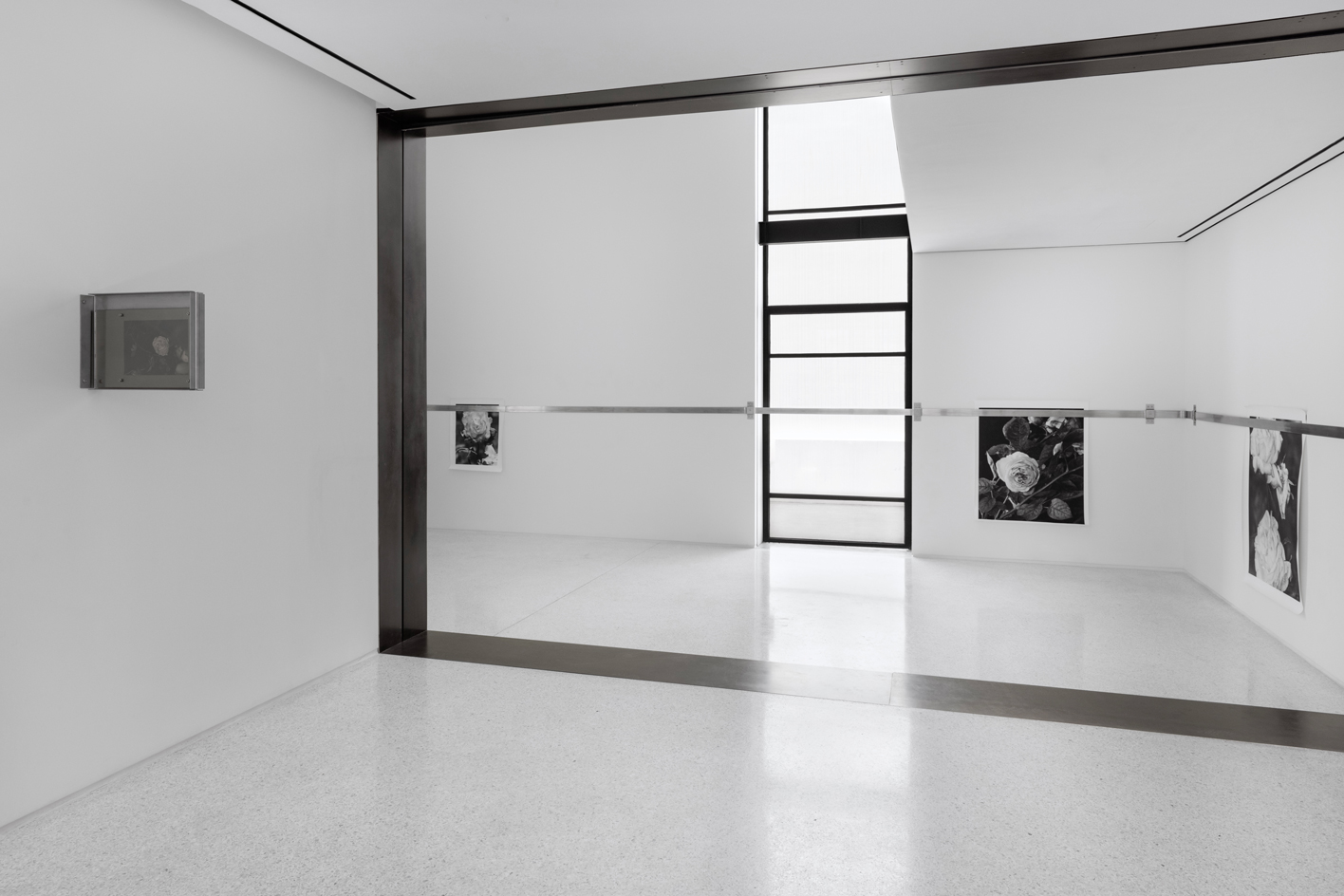
The results are threatening, jarring, and turn the conventional functionality of a frame on its head; the roses feel imprisoned, not liberated. As Piotrowska explains, the interventions ‘somehow obstruct or destroy what it is intended to protect. The moments in which the stainless steel violates the image by piercing or obstructing is a reference to the deprivation of privacy and the act of self-censorship I experienced in Nagorno-Karabakh.’
As the Formafantasma duo emphasise, every element of conceiving ‘Sub Rosa’ was collaborative. ‘Joanna worked fully on the development of the metal components as much as we have been editing with her the photos or deciding what was working and not working spatially,’ they explain. ‘We related to the ideas of “Sub Rosa” because it also addresses how objects and architecture often participate in violence.’
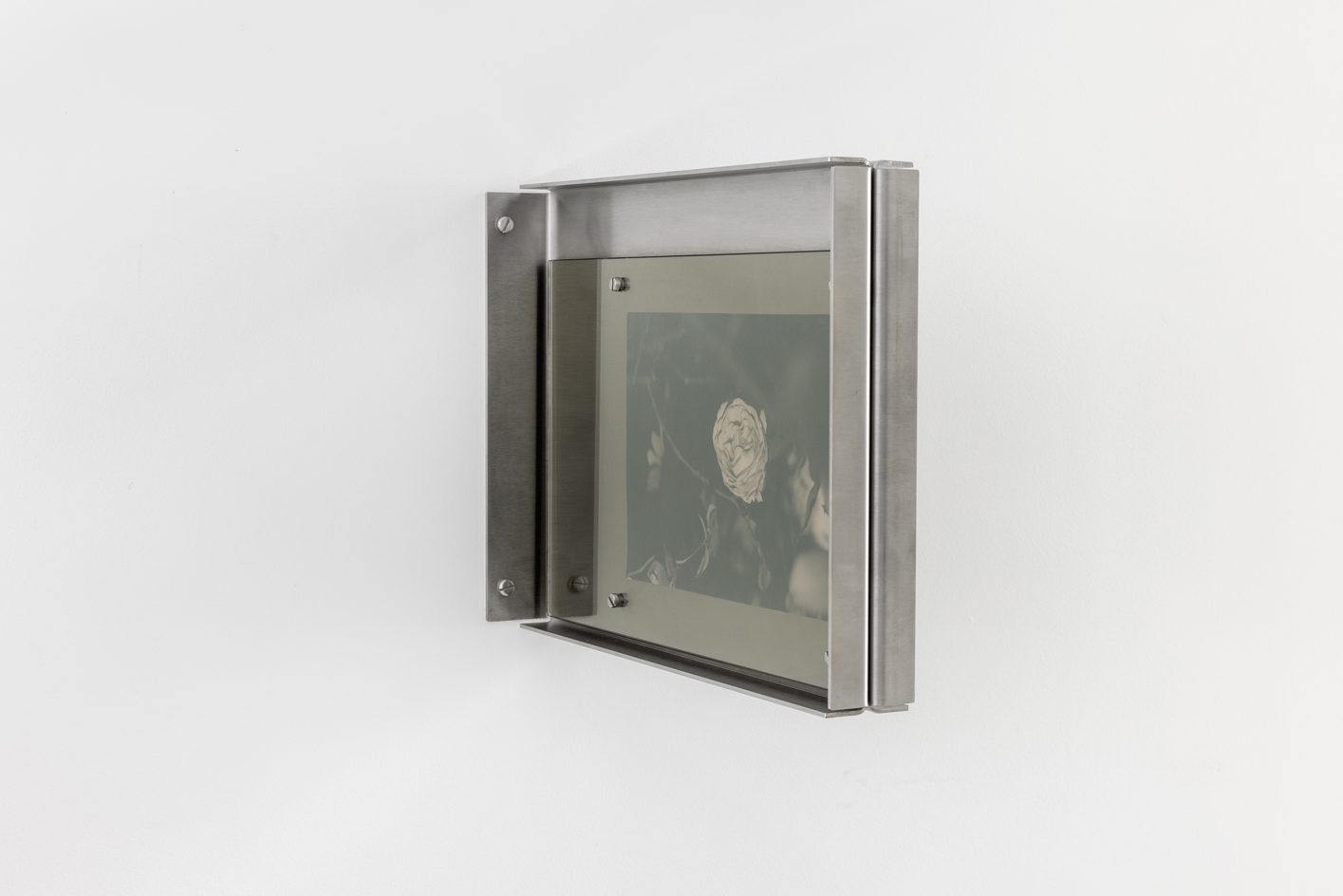
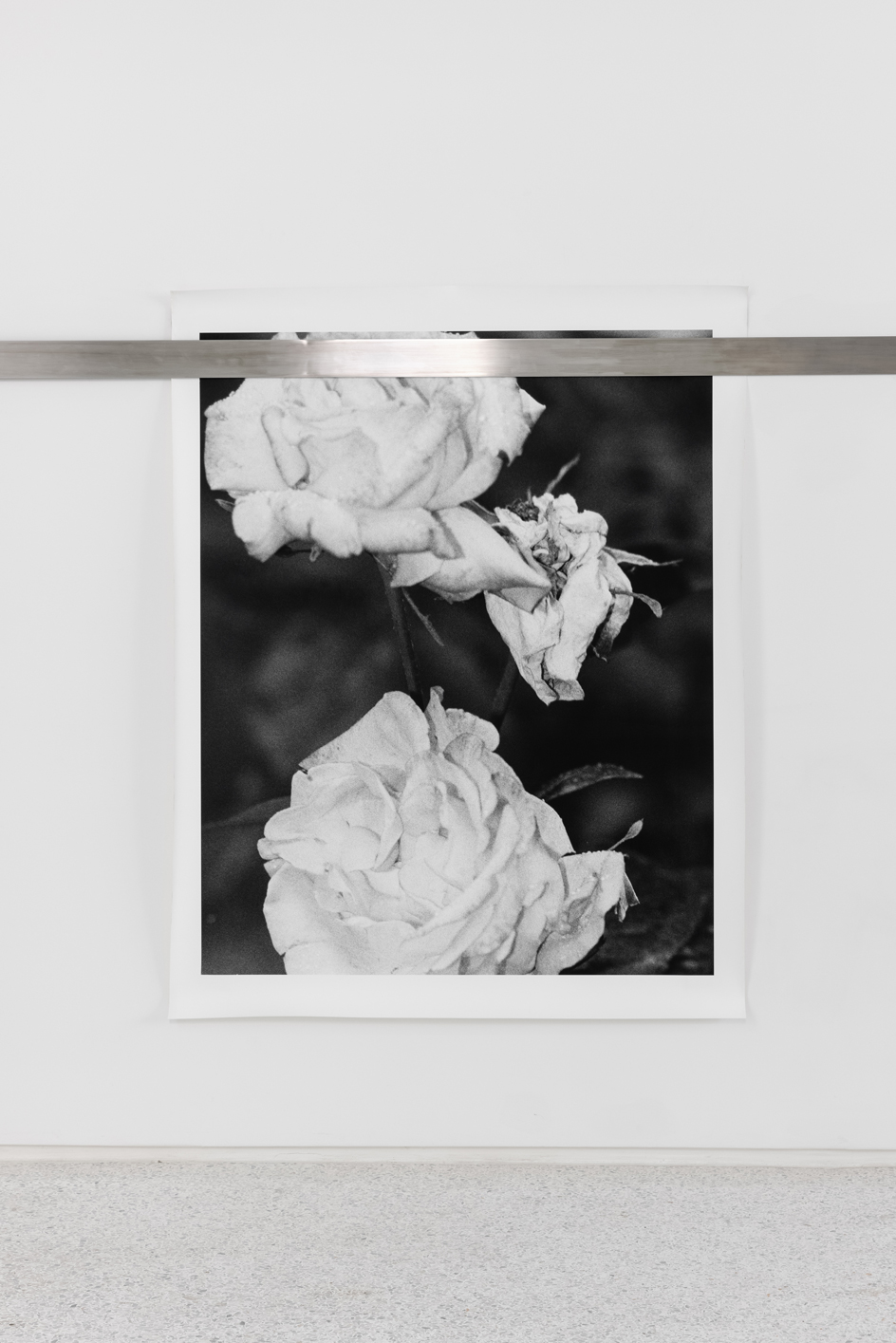
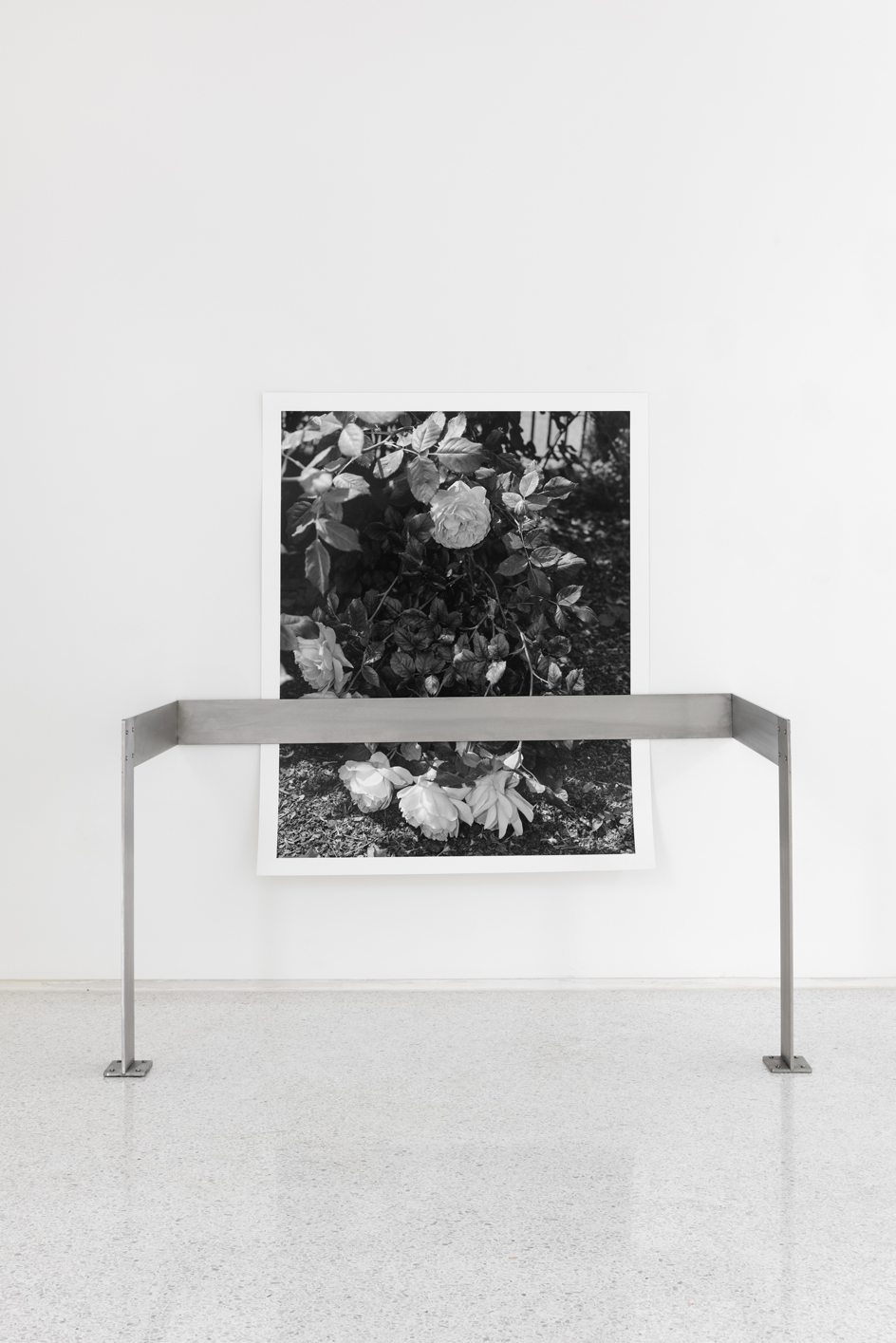

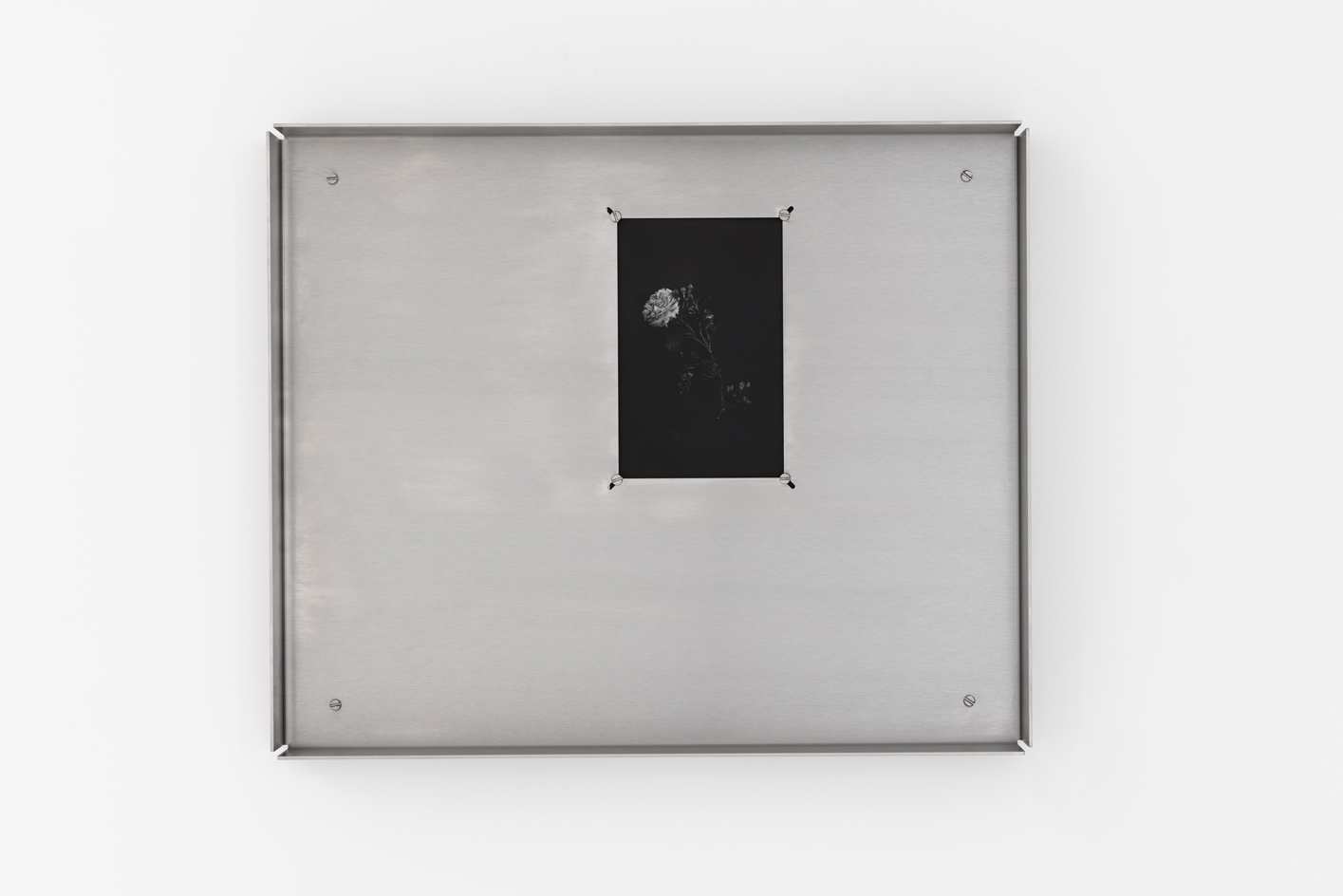
INFORMATION
Wallpaper* Newsletter
Receive our daily digest of inspiration, escapism and design stories from around the world direct to your inbox.
’Sub Rosa’, until 22 December 2022, ARCH Athens. archathens.org
-
 Extreme Cashmere reimagines retail with its new Amsterdam store: ‘You want to take your shoes off and stay’
Extreme Cashmere reimagines retail with its new Amsterdam store: ‘You want to take your shoes off and stay’Wallpaper* takes a tour of Extreme Cashmere’s new Amsterdam store, a space which reflects the label’s famed hospitality and unconventional approach to knitwear
By Jack Moss
-
 Titanium watches are strong, light and enduring: here are some of the best
Titanium watches are strong, light and enduring: here are some of the bestBrands including Bremont, Christopher Ward and Grand Seiko are exploring the possibilities of titanium watches
By Chris Hall
-
 Warp Records announces its first event in over a decade at the Barbican
Warp Records announces its first event in over a decade at the Barbican‘A Warp Happening,' landing 14 June, is guaranteed to be an epic day out
By Tianna Williams
-
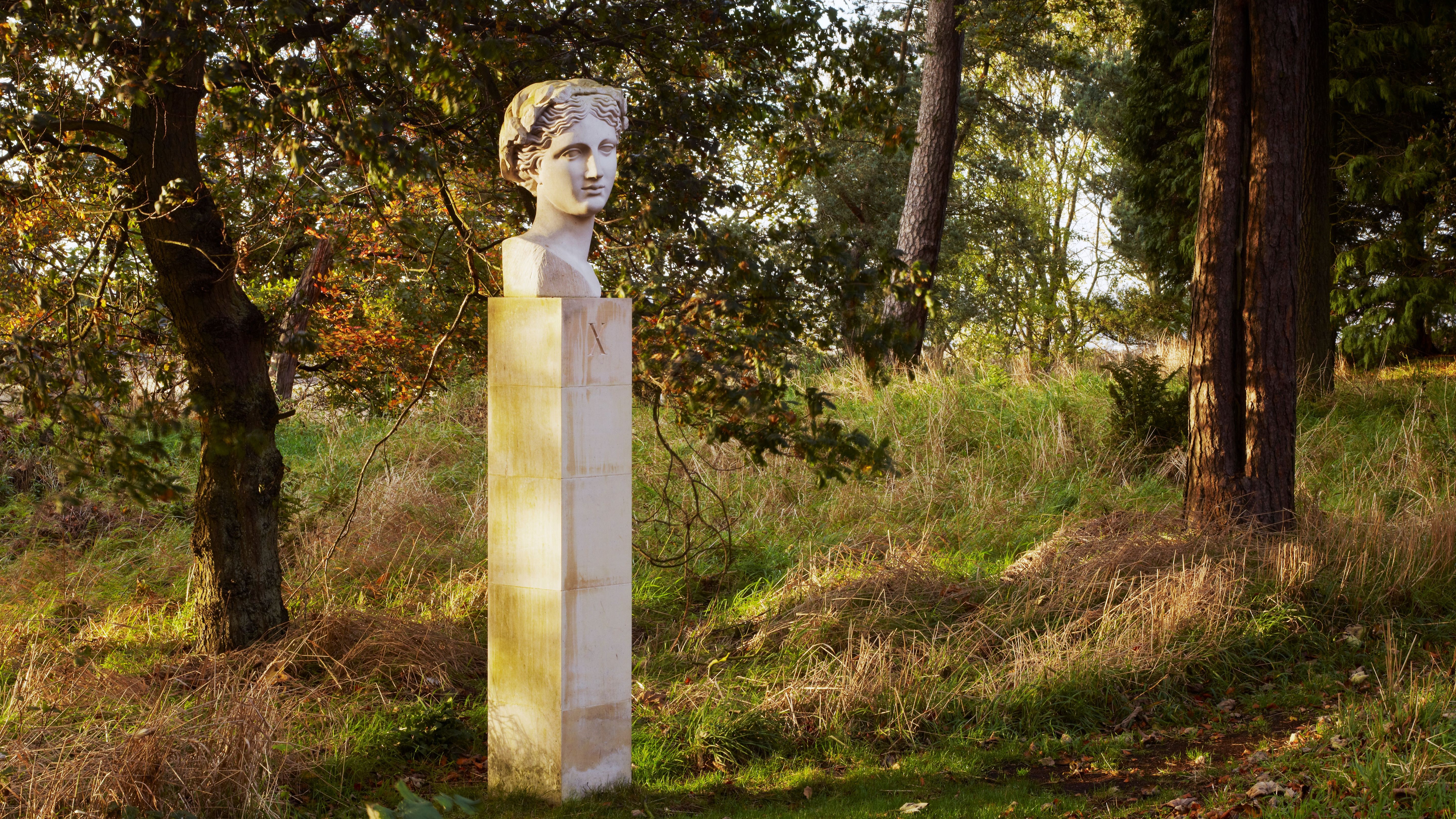 Our highlights from the Edinburgh Art Festival as it celebrates its 20th anniversary
Our highlights from the Edinburgh Art Festival as it celebrates its 20th anniversaryX MUSE, Scotland's home-grown young vodka brand, is taking the art world by storm; a perfect partner then for the Edinburgh Art Festival's 20th anniversary.
By Hugo Macdonald
-
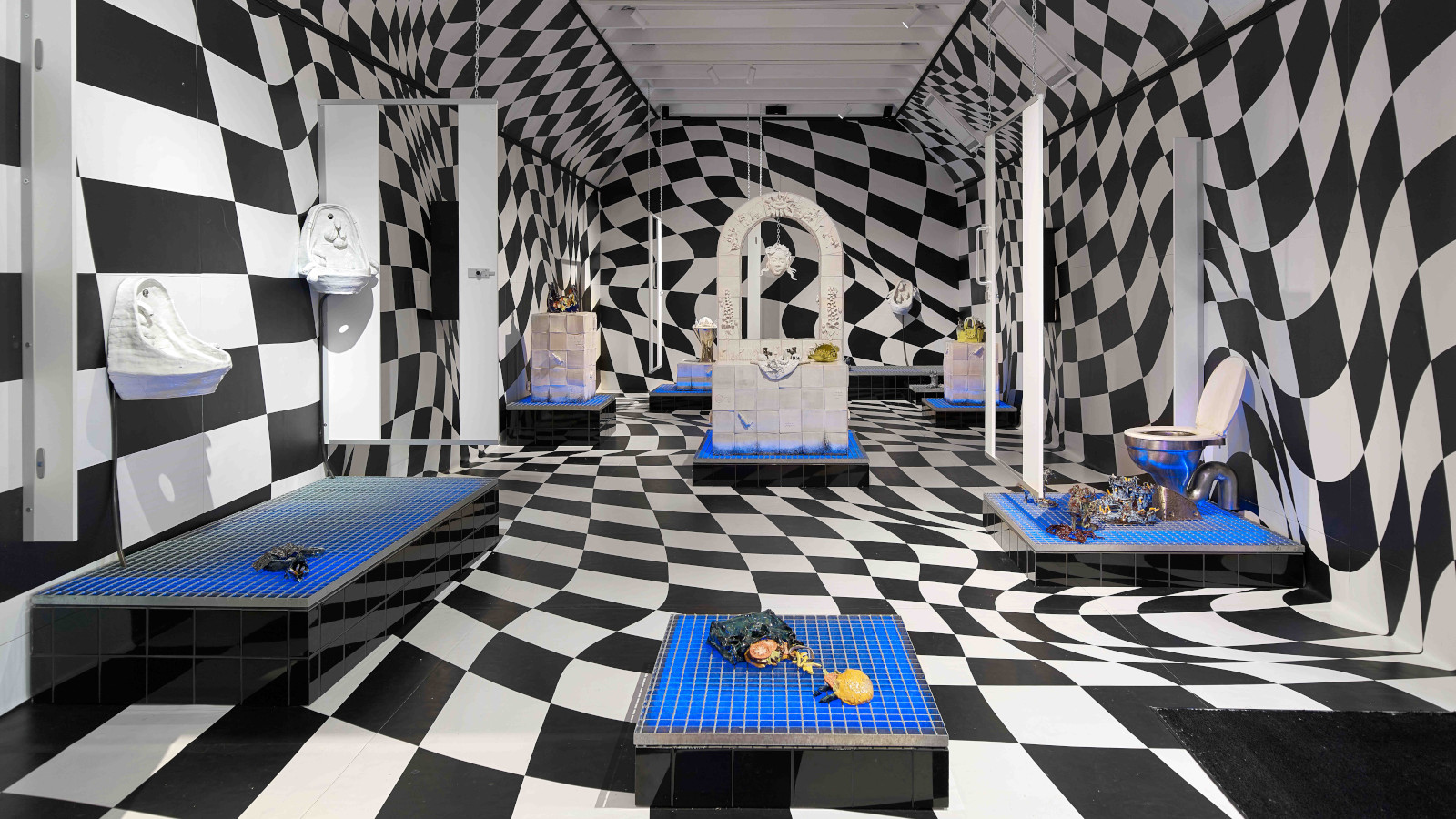 Edinburgh Art Festival 2023: from bog dancing to binge drinking
Edinburgh Art Festival 2023: from bog dancing to binge drinkingWhat to see at Edinburgh Art Festival 2023, championing women and queer artists, whether exploring Scottish bogland on film or casting hedonism in ceramic
By Amah-Rose Abrams
-
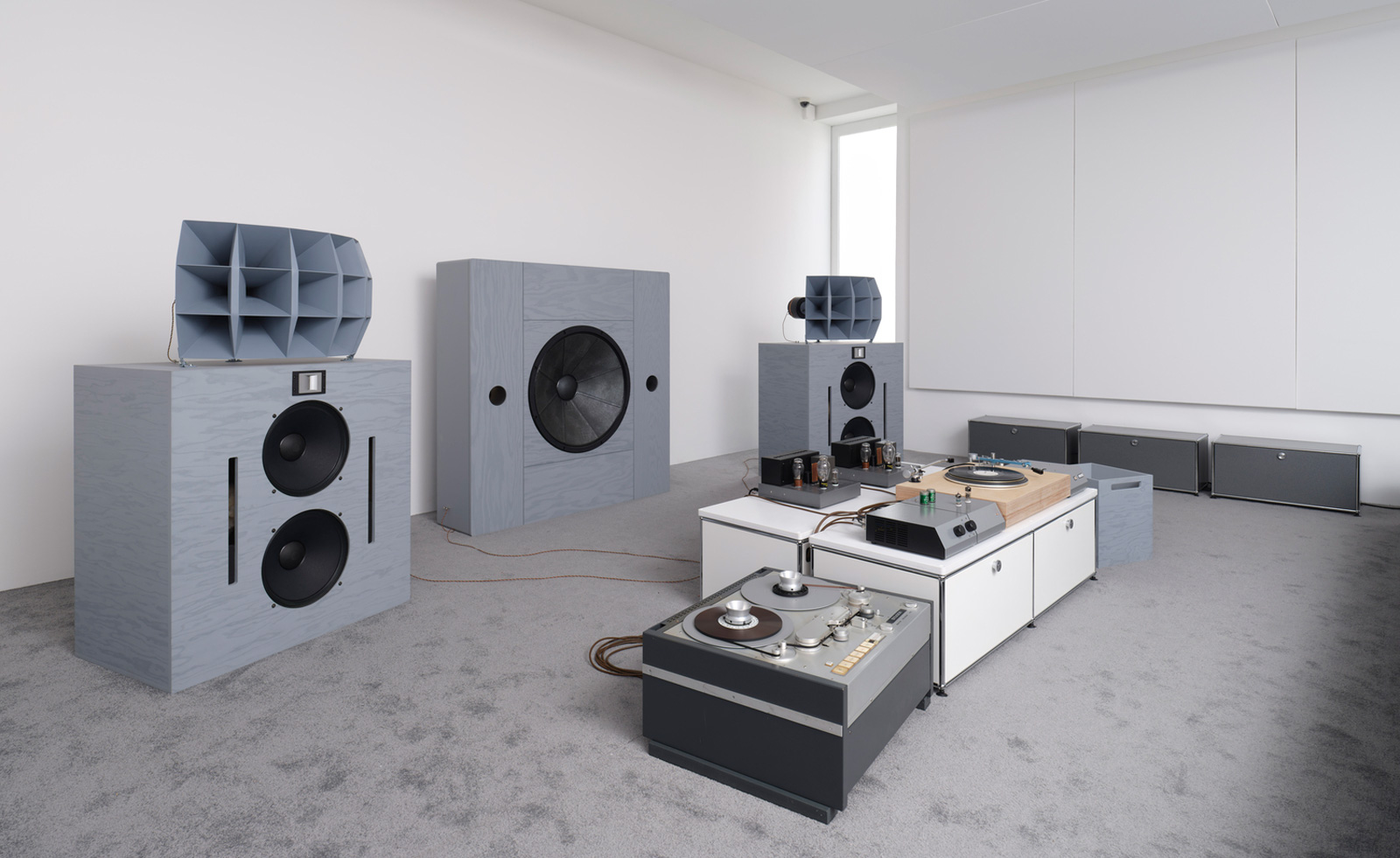 Last chance to see: Devon Turnbull’s ‘HiFi Listening Room Dream No. 1’ at Lisson Gallery, London
Last chance to see: Devon Turnbull’s ‘HiFi Listening Room Dream No. 1’ at Lisson Gallery, LondonDevon Turnbull/OJAS’ handmade sound system matches minimalist aesthetics with a profound audiophonic experience – he tells us more
By Jorinde Croese
-
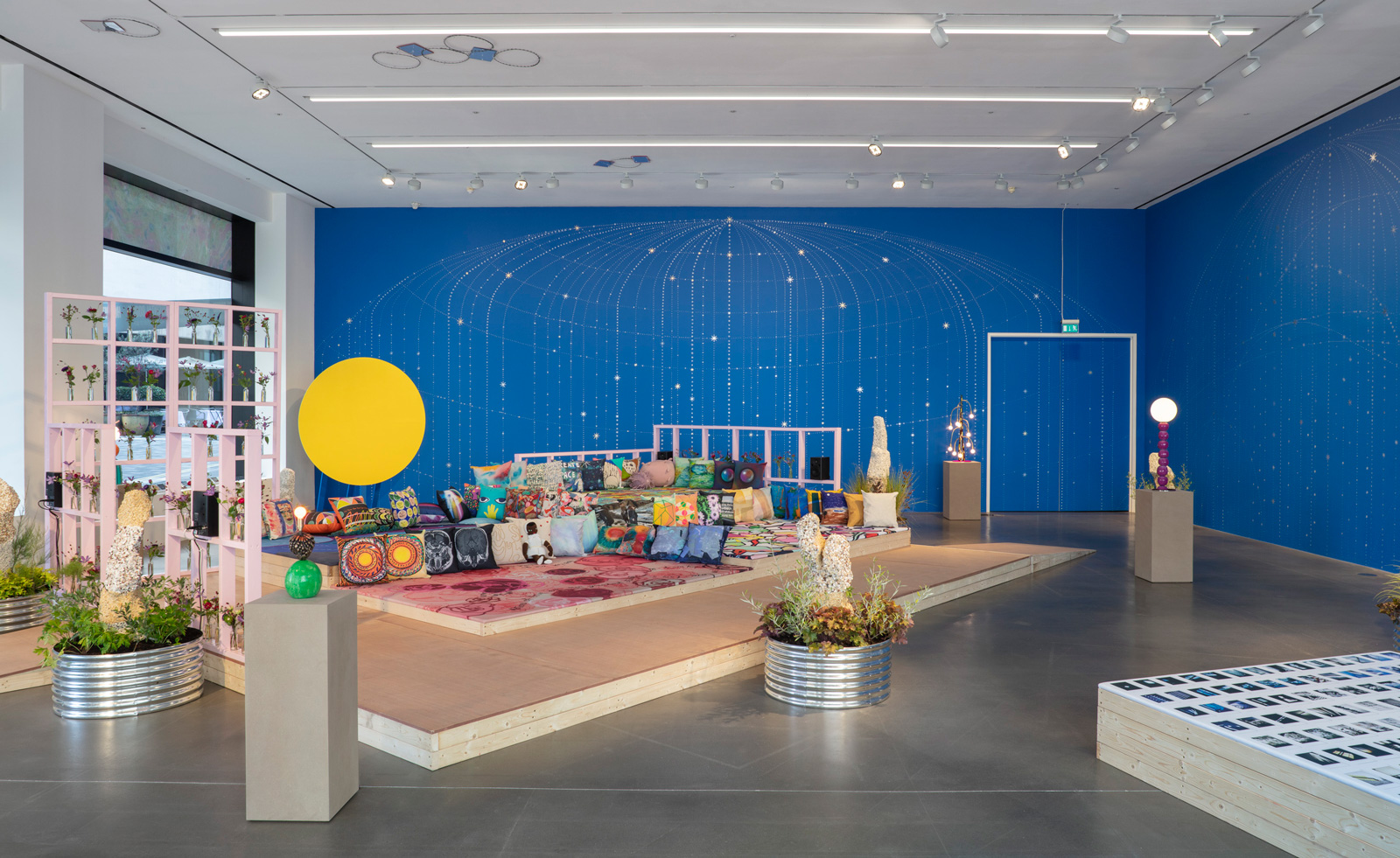 Hospital Rooms and Hauser & Wirth unite for a sensorial London exhibition and auction
Hospital Rooms and Hauser & Wirth unite for a sensorial London exhibition and auctionHospital Rooms and Hauser & Wirth are working together to raise money for arts and mental health charities
By Hannah Silver
-
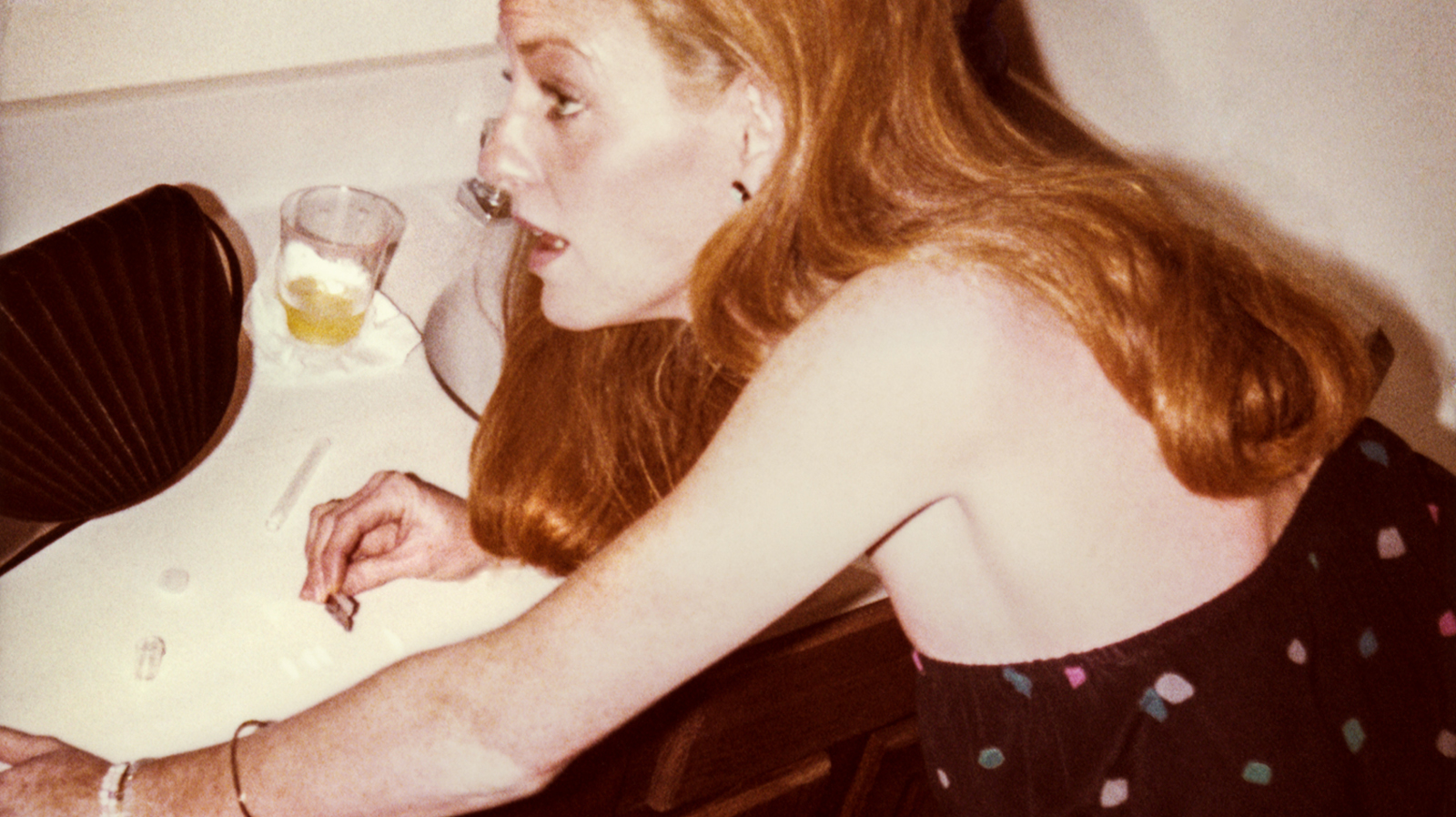 ‘These Americans’: Will Vogt documents the USA’s rich at play
‘These Americans’: Will Vogt documents the USA’s rich at playWill Vogt’s photo book ‘These Americans’ is a deep dive into a world of privilege and excess, spanning 1969 to 1996
By Sophie Gladstone
-
 Brian Eno extends his ambient realms with these environment-altering sculptures
Brian Eno extends his ambient realms with these environment-altering sculpturesBrian Eno exhibits his new light box sculptures in London, alongside a unique speaker and iconic works by the late American light artist Dan Flavin
By Jonathan Bell
-
![The Bagri Foundation Commission: Asim Waqif, वेणु [Venu], 2023. Courtesy of the artist. Photo © Jo Underhill. exterior](https://cdn.mos.cms.futurecdn.net/QgFpUHisSVxoTW6BbkC6nS.jpg) Asim Waqif creates dense bamboo display at the Hayward in London
Asim Waqif creates dense bamboo display at the Hayward in LondonThe Bagri Foundation Commission, Asim Waqif’s वेणु [Venu], opens at the Hayward Gallery in London
By Cleo Roberts-Komireddi
-
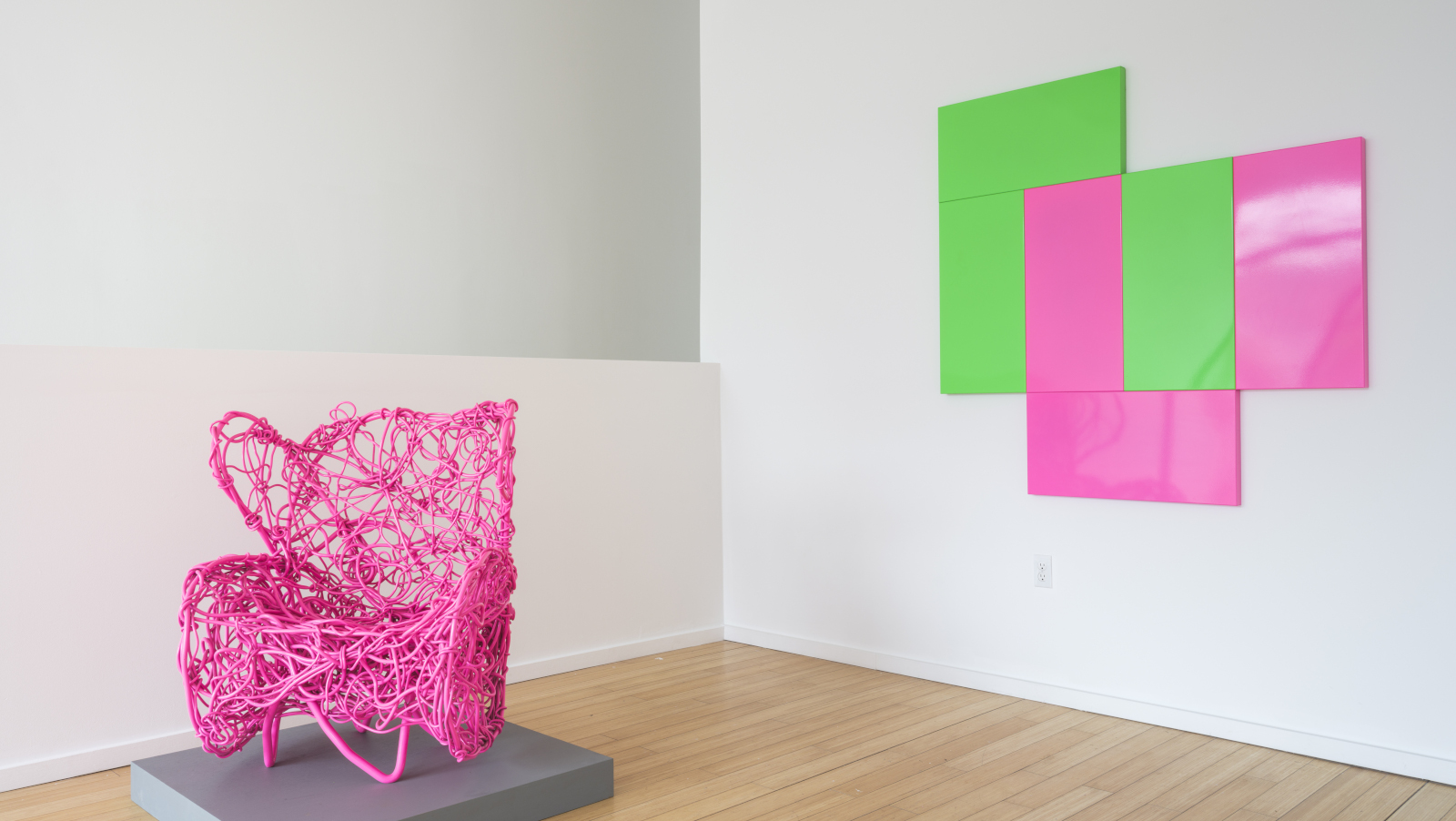 Forrest Myers is off the wall at Catskill Art Space this summer
Forrest Myers is off the wall at Catskill Art Space this summerForrest ‘Frosty’ Myers makes his mark at Catskill Art Space, NY, celebrating 50 years of his monumental Manhattan installation, The Wall
By Pei-Ru Keh